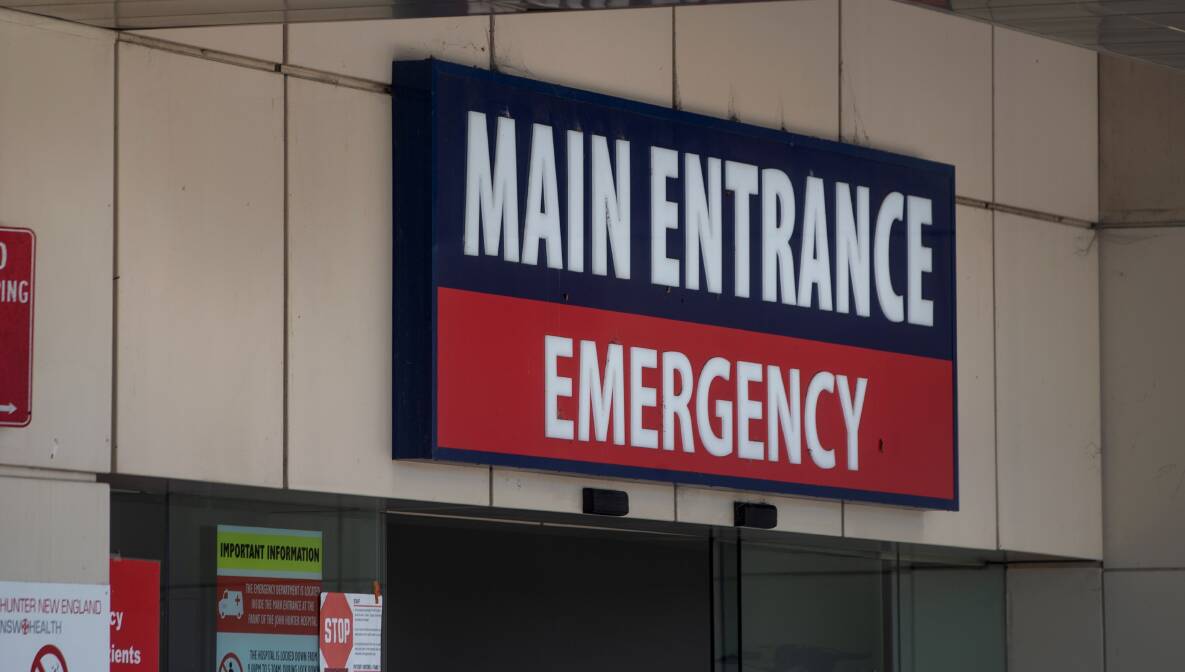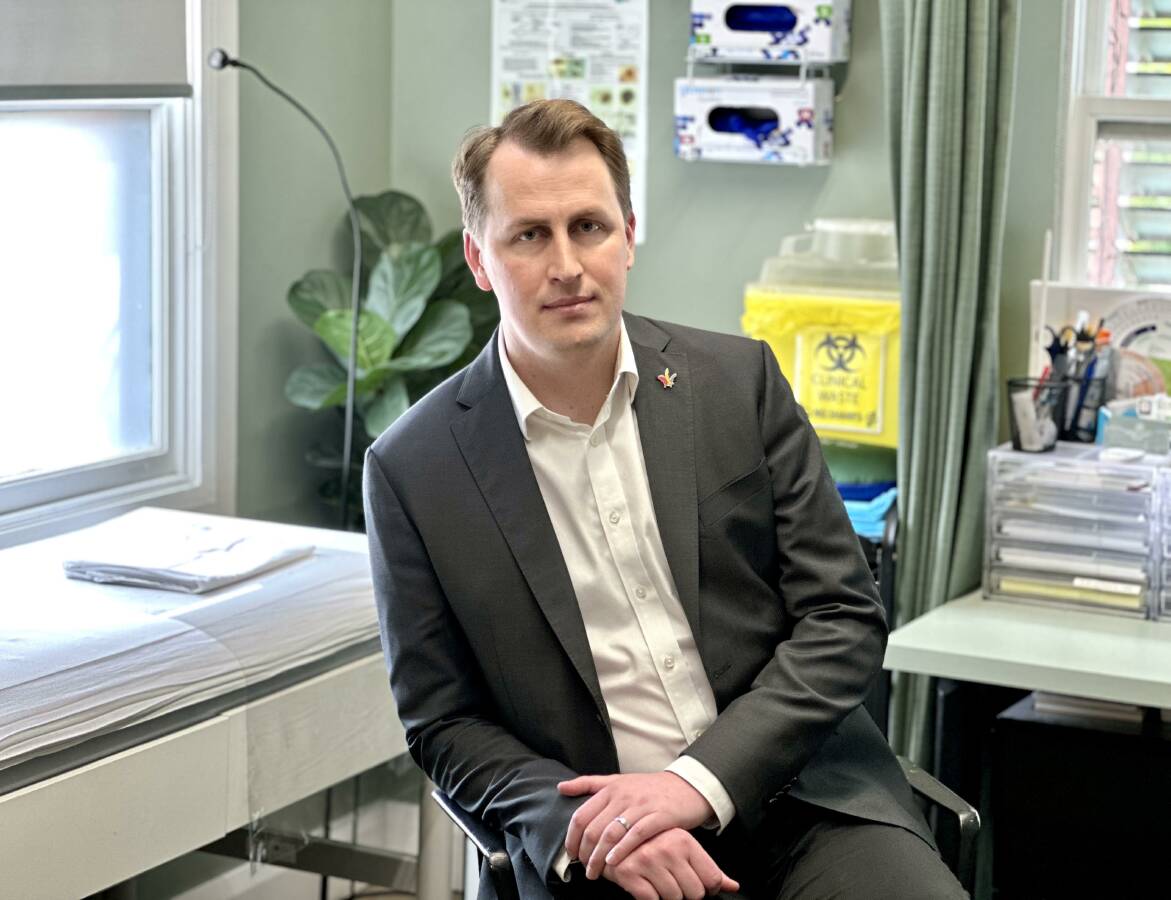
A HEAVY reliance on agency staff and locums across the Hunter New England health district has shaken the region's budget as well as performance, management says.
It is blaming workforce shortages, with more than 330 medical staff vacancies as at the end of October.
That count is made up of 50 junior medical officer positions, 32 senior medical specialist roles, 211 nurses and midwives, and allied health, according to a submission to the NSW Special Commission of Inquiry into Healthcare Funding.
The workforce shortages are also to blame for Hunter New England Health's failure to meet NSW Health benchmarks, chief executive Tracey McCosker writes.
Less than half the target number of patients were admitted to hospital from emergency departments on time last financial year - just over 20 per cent were admitted to a ward in less than four hours, 7.8 per cent less than the previous year, and well below the target of 50 per cent.
And the region's biggest hospitals were taking the hit of a 6.46 per cent increase in ambulance arrivals because smaller facilities struggle with the staffing mix needed to accept more acute patients, she said.
"The greatest challenge faced by Hunter New England Local Health District is our workforce, as attracting and retaining skilled health workers across all settings is increasingly difficult," Ms McCosker writes.
The issue spans all types and levels of the region's workforce, forcing a heavy reliance on high-cost agency staff and locums, which is having a "significant impact" on the district's financial sustainability.
"For the 2023 financial year, our district had a total budget of $2.8 billion, with the net result against budget being unfavourable by $21 million ... significantly impacted by the premium cost of labour ... amounting to $55 million."

"Our district faces difficulties maintaining medical coverage, especially in regional and rural areas, as recent graduates and senior clinicians increasingly prefer metropolitan locations and other states with better award conditions. This issue impacts our district financially, clinically and in the delivery of services."
Behind the "major deficit" of junior medical officers, with 50 vacancies as at the end of October, was a lack of permanent senior staff to provide supervision and training.
The allure of better awards in other states and lucrative locum positions makes retaining junior staff difficult, resulting in significant vacancy rates, particularly across the emergency network, the submission says.
That led to an "inappropriate" reliance on locums, with 95 per cent of one of the region's emergency departments' staffed by locums.
When the district does attract senior doctor candidates they are international medical graduates with long waits for visas and accreditation processing.
"The district resorts to engaging locum agencies to maintain coverage, but the competitive market has led to escalating rates and unreliable coverage.
"With many staff specialists' rates capped by their contract with NSW Health, working side-by-side with locums earning triple the amount for the same work, we are seeing an increasing number of workforce issues and disenchantment from our permanent staff."

On top of the workforce issues, the funding system failed to "accurately account for the higher cost of providing services in rural regions" .
"One example of this is the costs associated with patient transfer.
"The size of the district, coupled with the smaller facilities requiring increased support from larger centres means we are moving a greater number of patients across more kilometres taking more time and at significantly greater cost, which is unfunded."
Despite being the largest neonatal intensive care unit in NSW, John Hunter Children's Hospital receives no specific funding for tertiary services, and, unlike it's Sydney counterpart which has received infrastructure investments of $1.5 billion, it has no dedicated infrastructure, operating across five major care facilities.
NSW Australian Medical Association president Dr Michael Bonning said that the health service needed to have a system in place to plan for future workforce needs, rather than looking to recruit someone once someone had left.
The issue of workforce shortages in NSW was also driven by conditions of employment and service which were outdated, and had not kept pace with the rest of the country, Dr Bonning said.
"So, the struggle and ability to retain excellence and talent, especially within rural areas, has become tricky."
An example was GP visiting medical officer arrangements where GPs worked hours and in conditions that relied largely on their good will.
"They need to be showing more than appreciation for the role of GP VMOs in running and staffing regional facilities."
The Hunter New England Health district's submission is one of 200 made to the inquiry and made public on its website on Monday. They have come from stakeholders including individuals, industry groups, not-for-profit organisations, businesses and research bodies.







